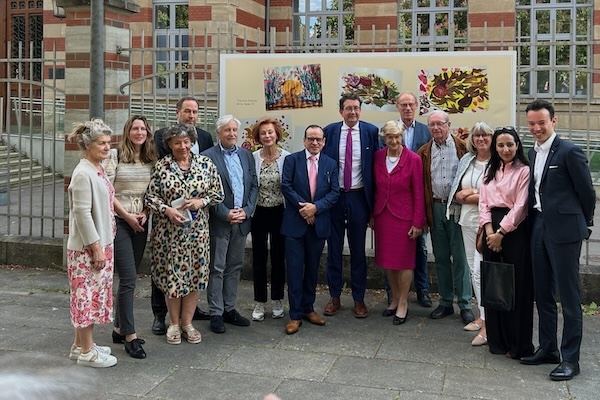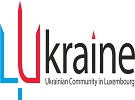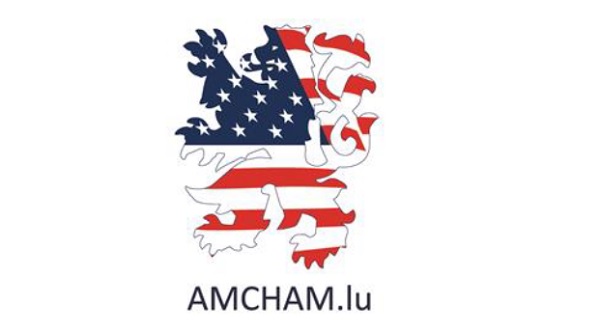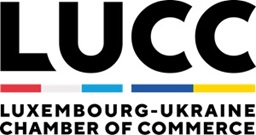 Credit: Helen O'Mahony, Chronicle.lu
Credit: Helen O'Mahony, Chronicle.lu
On Tuesday 13 May 2025, the opening of the exhibition “Heritage – The Roses of Limpertsberg” took place at Lycée de Garçons in Luxembourg-Limpertsberg.
Approximately 50 people gathered, under the blooming horse chestnut trees on Place Auguste Laurent, as members of the Lampertsbierger Syndicat, Lëtzebuerger Rousefrënn, Lycée de Garcons, as well as First Alderman of the City of Luxembourg, Maurice Bauer, welcomed guests, organisers and all those involved in bringing the exhibition to fruition.
Compiled by students from the artistic section of the secondary school, the exhibition is an initiative for LUGA - Luxembourg Urban Garden 2025 and tells the story, through a series of posters, of the rose-growing families of Limpertsberg, once a centre of rose cultivation in Luxembourg and nicknamed “Ville des Roses” (City of Roses).
The story begins in 1840 with gardeners Jean Soupert and Pierre Notting and recalls how they learned the art of rose cultivation from Augustin Wilhelm, who was based in Luxembourg-Clausen. In 1855, they founded their own nursery in Limpertsberg, where they would become part of the “avant-garde” of Luxembourg rose breeders and creators. Their company employed 300 people to cultivate, store and prepare shipments of roses to all corners of the globe. They received many prizes and accolades during this time and, in 1909, Jean Soupert was the first non-French winner of the “médaille d’or” (gold medal) in Paris.
Their success drew more rose breeders to the area, including award-winning brothers Jean and Evrand Ketten in 1893. They created a rose that would bloom several times a year and also experimented with different colours and fragrances.
In 1888, the Gemen-Bourg company arrived in Limpertsberg and was considered to be the largest exporter of roses, with four million worldwide. They concentrated on the propagation of roses through grafting and this method spread throughout the country, resulting in the creation of many new small nursery businesses.
Every year, thousands of catalogues were published in French, German and English and sent worldwide. Rose portraits were hand-painted in the first catalogues, images of which can be seen at the exhibition.
The exhibition also details less well known rose breeders of the area including Jean Baptist Lamesch and his son-in-law, Peter Lambert, the first German rose breeder to enjoy international renown and one of the founders of the Europa Rosarium in Sangerhausen in Germany - the largest rose garden in the world.
By the end of the 19th century, nearly six million roses were exported around the world from the Limpertsberg area and the exhibition describes the process and perils of the rose bushes, often accompanied by the breeders, being shipped abroad.
By 1914, as a result of the First World War, exports declined as rose fields were being used to grow crops. The economic crisis of 1929 greatly affected the luxury good market, including roses, and from 1940-1945 rose cultivation was once again suspended in favour of crops as a result of the Second World War. All of this led to a collapse of the rose market and a gradual disappearance of large rose gardens.
Today, Luxembourg continues to promote its rose heritage through rose gardens, particularly the "Roseraie Château de Munsbach" with its collection of over 800 old and new Luxembourg rose bushes, maintained by the Lëtzebuerger Rousefrenn association, as well as rose festivals and streets named after rose breeders. The Circuit RosaLi, (Limpertsberg Rose Trail) is a three-hour trail that explores the horticultural heritage and former rose fields of Limpertsberg.
The historical information is accompanied by many photographs of the era, by more modern photographs of various roses, explanations of how rose varieties are named after members of the Grand Ducal family and by artistic work of students from classes 3E and 2E, as well as a collection of paintings, titled “La Ville en Rose”, from students of class 1E at Lycée de Garçons de Luxembourg.
The exhibition is currently on display on the railings of the school at Place Auguste Lambert in Luxembourg-Limpertsberg.
UPDATED to correct the date on the first line.








